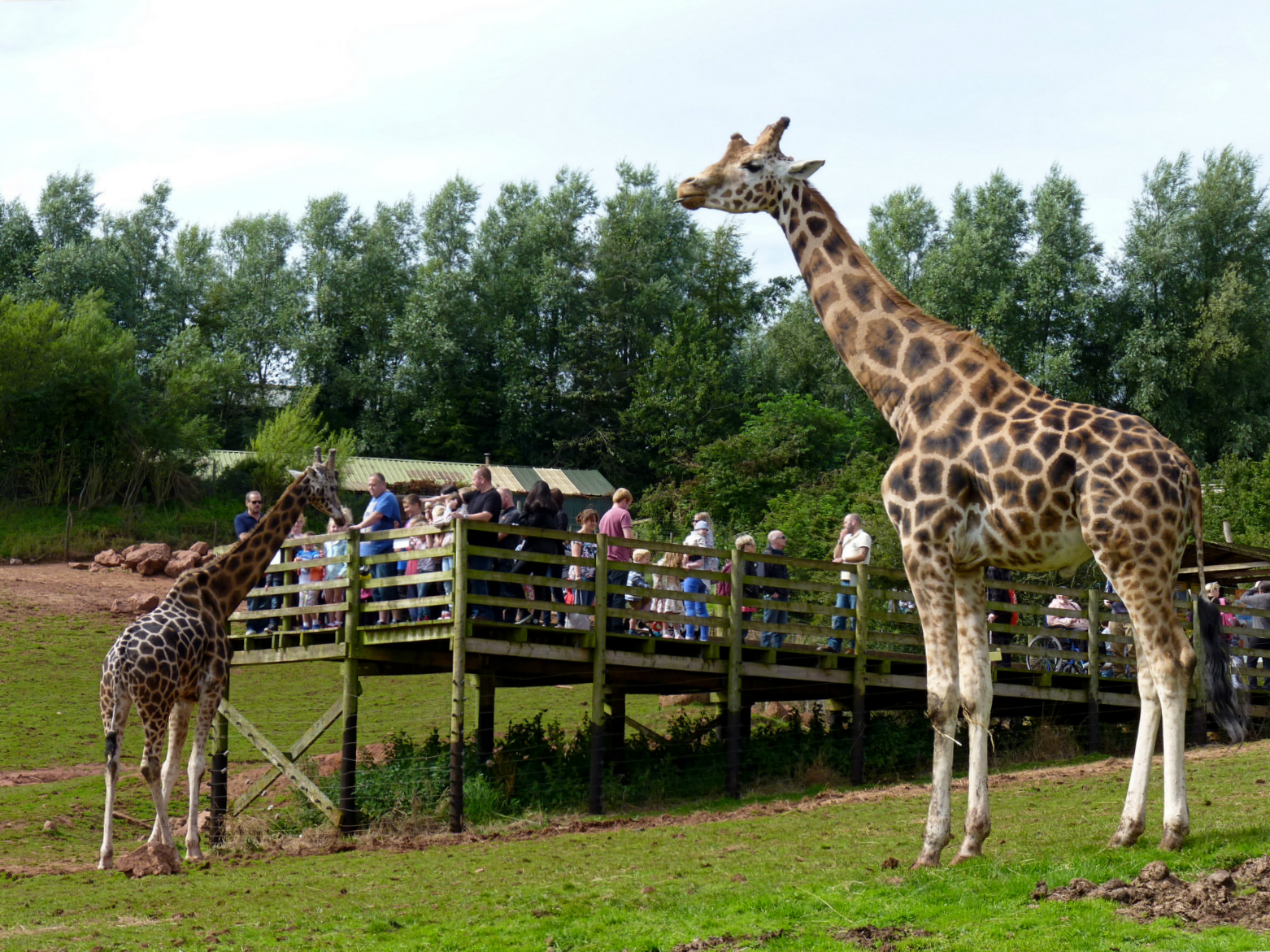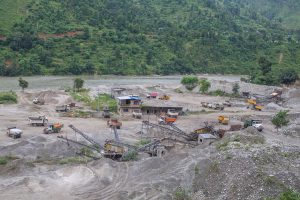People who have spoken to me about this automatically assume that nearly 500 animal deaths in four years is an unacceptably high number. But as a biologist my first question is: what species have been dying? Unfortunately, I do not have access to this information – and that’s part of the problem.
One dead animal every three days sounds like a lot, but it depends on the species. For example, if the zoo was mainly a collection of small rodents then this death rate could be acceptable as these animals rarely live for longer than a year or two. However, if most of the animals that died were large mammals or birds then I would be more concerned.

South Lakes Safari Zoo: inspectors found overcrowding and poor veterinary care. (Image by damian entwistle)
In any case, it is important to establish these facts as it would give us a benchmark to assess each zoo against. We can compare zoos to Britain’s health service, the NHS, which publishes the survival rates of patients in its different hospitals and information is available down to the level of individual surgeons. It would be unfair and nonsensical to compare the survival rates of cancer hospitals with those dealing with orthopaedics, just as it would be to compare a specialist rodent zoo to one filled entirely with primates.
As a zoo biologist, I do not have access to performance league tables for animal collections and so I can’t say if the death rates at South Lakes are exceptional or not. There are databases on animal longevity but these tend to emphasise the extremes rather than the median lifespan. And then there is the question of zoo animals versus their wild counterparts. We know that elephants have shorter lifespans in captivity than their wild counterparts, whereas species such as chimpanzees regularly live 10 or 15 years longer in captivity.

Gregoire, the oldest known chimpanzee, died in 2008 aged 66. Picture taken the 9th of December 2006 by Delphine Bruyère.
Again, this situation is paralleled by human health studies where people in developed countries have longer lifespans than those in less developed countries. For example, life expectancy in Japan is 84 years, whereas in Swaziland it is only 49 years. In Japan, where infant mortality is rare and most deaths are associated with old age, even the worst hospital would have an impressive mortality rate by Swaziland standards.
Death rates in humans and animals can be investigated by constructing life tables, which basically calculate the probability of an individual making it to their next birthday. This is the type of data I would need on species held in UK zoos to be able to make an informed statement about the death rates at South Lakes.
All zoos do collect such data and the good ones will use it to review their work in much the same way as a hospital would. The info will often be entered into an online database system called ZIMS, which has the records of millions of animals both living and dead. However, unlike hospital records of human health, zoo data is not readily available to scientists.
As science moves towards greater transparency and open access data repositories become more common, it is time zoos also published in this format. Independent analysis and publishing of life tables would allow for problem zoos like South Lakes to be detected much earlier. Overall this would benefit zoos as they would be able to compare their performance and investigate any anomalies.
In human medicine this type of data has not just been useful for identifying problems, but it can also identify examples of good practice. For example: which cancer hospitals have the best survival rates? What could other hospitals learn from them?
The rating of zoos would allow people to make more informed decisions when choosing to visit, and it would provide zoo managers with an independent analysis of their performance. Of course I am not suggesting animal longevity is the only way to judge a particular institution. But this could be the starting point for developing an evidence-based system, and it would help identify the worst before too many animals have died.








